By the time you read this I’ll be on a writer’s retreat, of sorts. More details on that when I get back, but it’s been a busy writer’s life for me lately. So busy that I haven’t had a chance to do a writing round up for nearly a month. Let’s get started:
 On The Dake Page, you can check out a series of posts related to climate change science, and the communication thereof, as well as exposing climate change denial. Here’s a list:
On The Dake Page, you can check out a series of posts related to climate change science, and the communication thereof, as well as exposing climate change denial. Here’s a list:
- Making Sense of Climate Denial – An Online Course
- How to Communicate Climate Science to All Three Target Audiences
- An Open Letter to the 2016 Presidential Hopefuls re: Climate Change
- Why Climate Deniers Desperately Need the “Pause” in Warming; and Why the Pause is Not a Pause
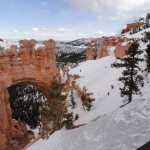 On Hot White Snow I’ve had a few microfiction madness experiences that leave the mind boggled:
On Hot White Snow I’ve had a few microfiction madness experiences that leave the mind boggled:
 And here on Science Traveler we’ve taken a look at the science of the earthquake in Nepal and a whole host of other Lincoln and Tesla-related projects:
And here on Science Traveler we’ve taken a look at the science of the earthquake in Nepal and a whole host of other Lincoln and Tesla-related projects:
- Science Traveling: Why the Devastating Earthquake in Nepal is Not Unexpected
- Book Review: Abraham Lincoln: Philosopher Statesman by Joseph Fornieri
- The Civil War Ends – And Abraham Lincoln is Assassinated
- Abraham Lincoln and Nikola Tesla – Connected by Fate
- Nikola Tesla Day and Spirit Awards
- CPRC Annual Spring Meeting
Among other activities have been trips to see some “once-in-a-lifetime” displays of artifacts and documents, lectures at the National Archives, new e-books coming out, plans for major travel to the Scandinavian countries, and the End of the Civil War as we know it. More on all of these when I return.
As with most writer’s retreats, I’ll be off the grid for much of the time so I can focus on writing the book about Thomas Edison. The book is due to the publisher in August and should be in Barnes and Noble stores by early 2016. I’ll also be putting the finishing touches on my new e-book, Abraham Lincoln and Nikola Tesla: Connected by Fate, due out in June.
See y’all in a week (with occasional pop-ins as possible). It’s off to a writer’s life for me!
David J. Kent has been a scientist for over thirty years, is an avid science traveler, and an independent Abraham Lincoln historian. He is the author of Tesla: The Wizard of Electricity and the e-book Nikola Tesla: Renewable Energy Ahead of Its Time. He is currently writing a book on Thomas Edison.
Follow me by subscribing by email on the home page. And feel free to “Like” my Facebook author’s page and connect on LinkedIn. Share with your friends using the buttons below.



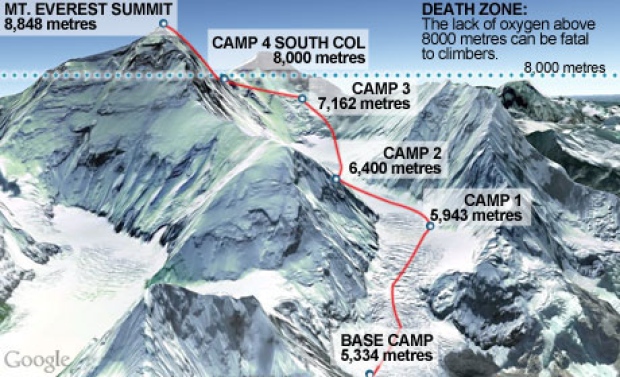
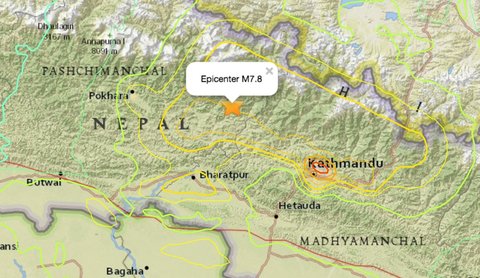
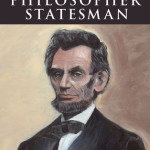 An exceptional scholarly treatment. Author Fornieri examines the age-old question of what makes Abraham Lincoln great. His answer lies in the belief that Lincoln was a philosopher statesman, which he defines as being understood in terms of six dimensions of political leadership.
An exceptional scholarly treatment. Author Fornieri examines the age-old question of what makes Abraham Lincoln great. His answer lies in the belief that Lincoln was a philosopher statesman, which he defines as being understood in terms of six dimensions of political leadership.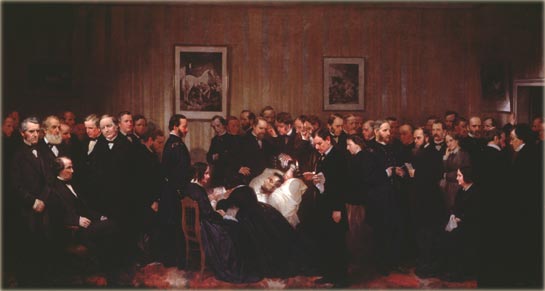
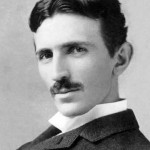
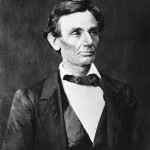 Abraham Lincoln was born in Kentucky in 1809, lived in Indiana and Illinois, and was assassinated in Washington, DC in 1865 without ever having left the country. Nikola Tesla was born in 1856 of Serbian heritage in an Austro-Hungarian military outpost in land now part of Croatia. He moved to the United States decades after Lincoln’s assassination and lived for many years in New York City before dying in 1943. Their lives barely overlapped.
Abraham Lincoln was born in Kentucky in 1809, lived in Indiana and Illinois, and was assassinated in Washington, DC in 1865 without ever having left the country. Nikola Tesla was born in 1856 of Serbian heritage in an Austro-Hungarian military outpost in land now part of Croatia. He moved to the United States decades after Lincoln’s assassination and lived for many years in New York City before dying in 1943. Their lives barely overlapped.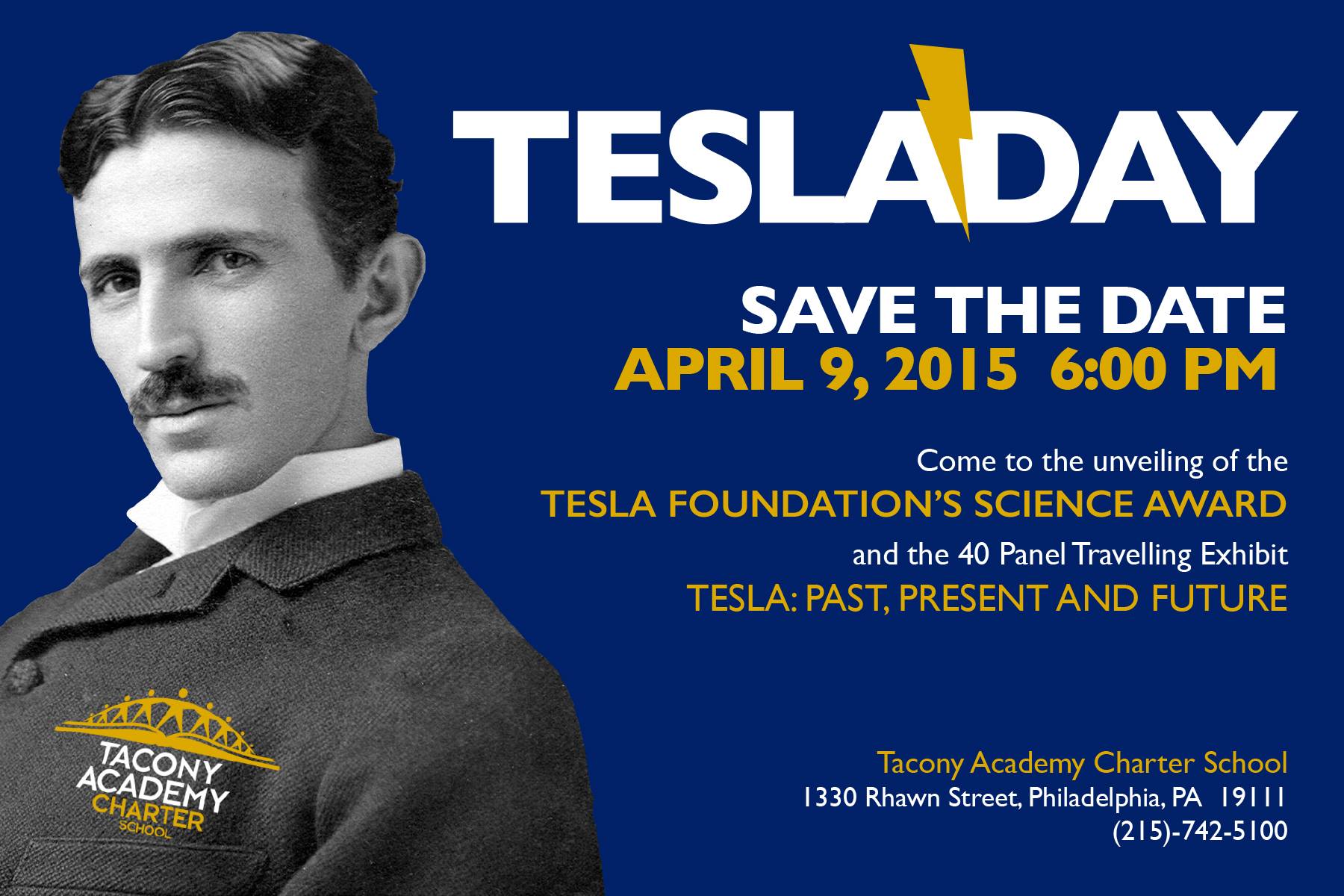
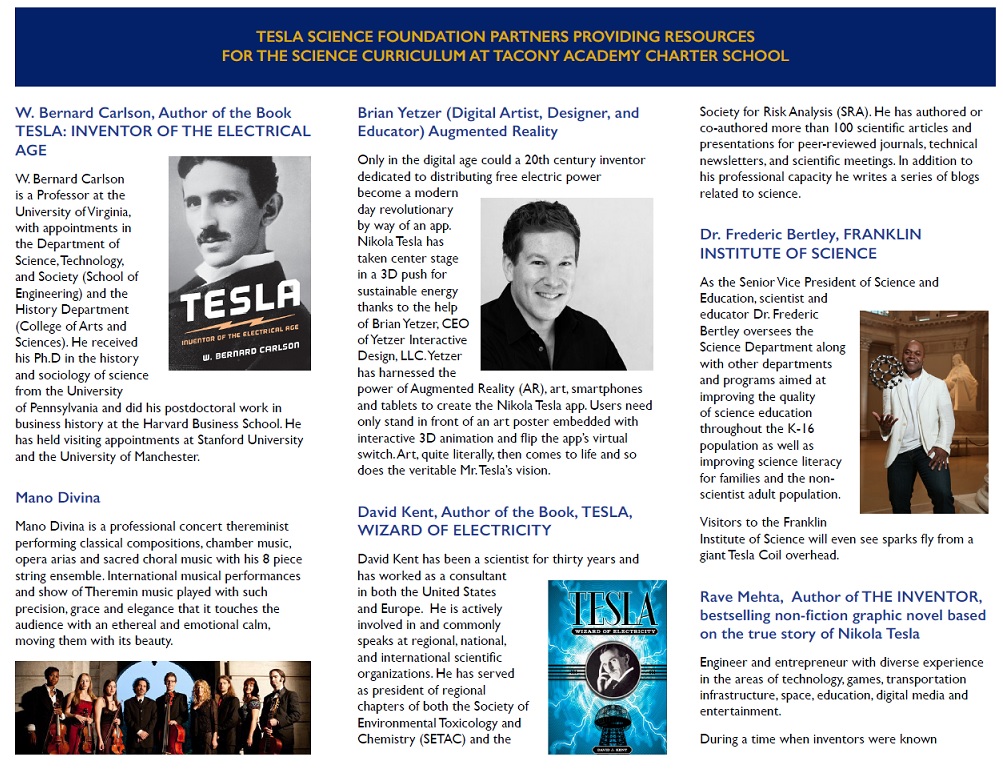
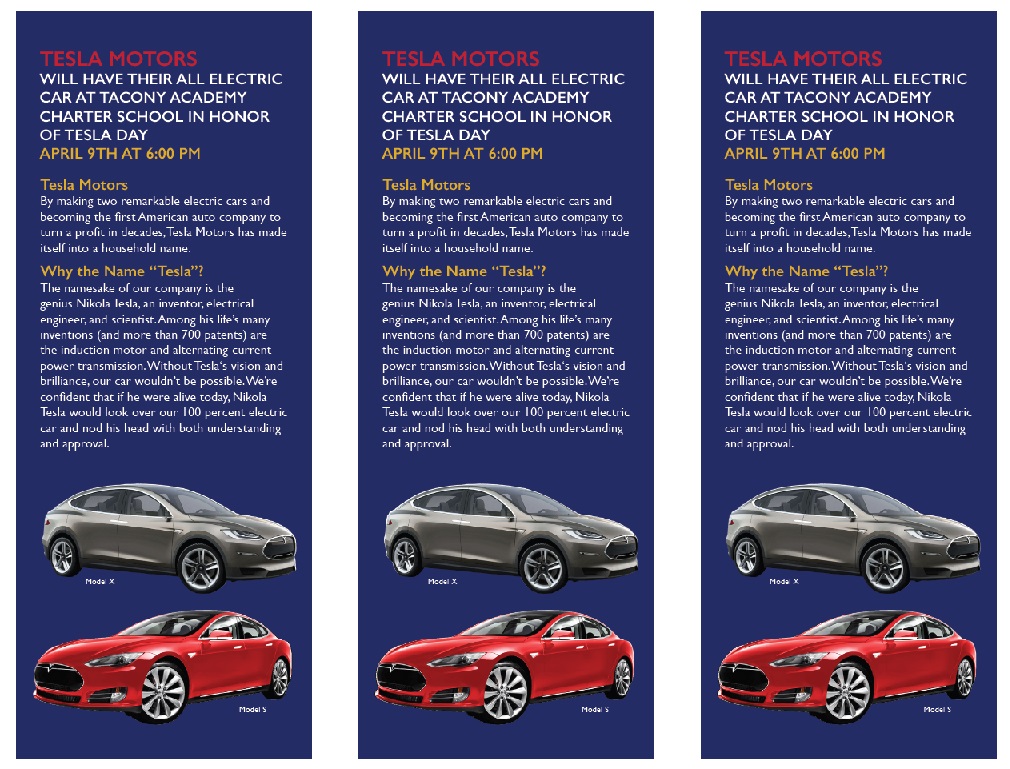
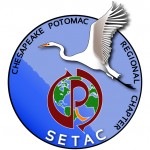 The following is a cross-posting from the Chesapeake-Potomac Regional Chapter of SETAC.
The following is a cross-posting from the Chesapeake-Potomac Regional Chapter of SETAC. 
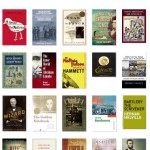 While Thomas Edison slowly comes to life on the pages of my book in progress for Sterling Publishing, we’ve seen a “whole lotta writin’ goin on” (with apologies to
While Thomas Edison slowly comes to life on the pages of my book in progress for Sterling Publishing, we’ve seen a “whole lotta writin’ goin on” (with apologies to 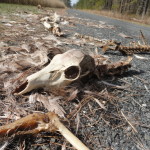 We’ve seen skeletons here on Science Traveler since the last update.
We’ve seen skeletons here on Science Traveler since the last update.  Over on Hot White Snow were two creative writing pieces.
Over on Hot White Snow were two creative writing pieces. 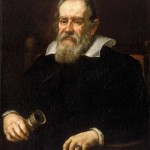 On the serious side, The Dake Page offered a review of the Pulitzer Prize-winning book
On the serious side, The Dake Page offered a review of the Pulitzer Prize-winning book 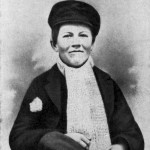 Now back to Thomas Edison. Did you know that as a child he was actually called “Little Al?” Or that he was a teenage “news butch” on a train (not quite a teenage werewolf in Paris)? Or that his deafness started at an early age? Stay tuned as Little Al grows up into “The Wizard of Menlo Park” (even though he wasn’t in Menlo Park very long).
Now back to Thomas Edison. Did you know that as a child he was actually called “Little Al?” Or that he was a teenage “news butch” on a train (not quite a teenage werewolf in Paris)? Or that his deafness started at an early age? Stay tuned as Little Al grows up into “The Wizard of Menlo Park” (even though he wasn’t in Menlo Park very long).






